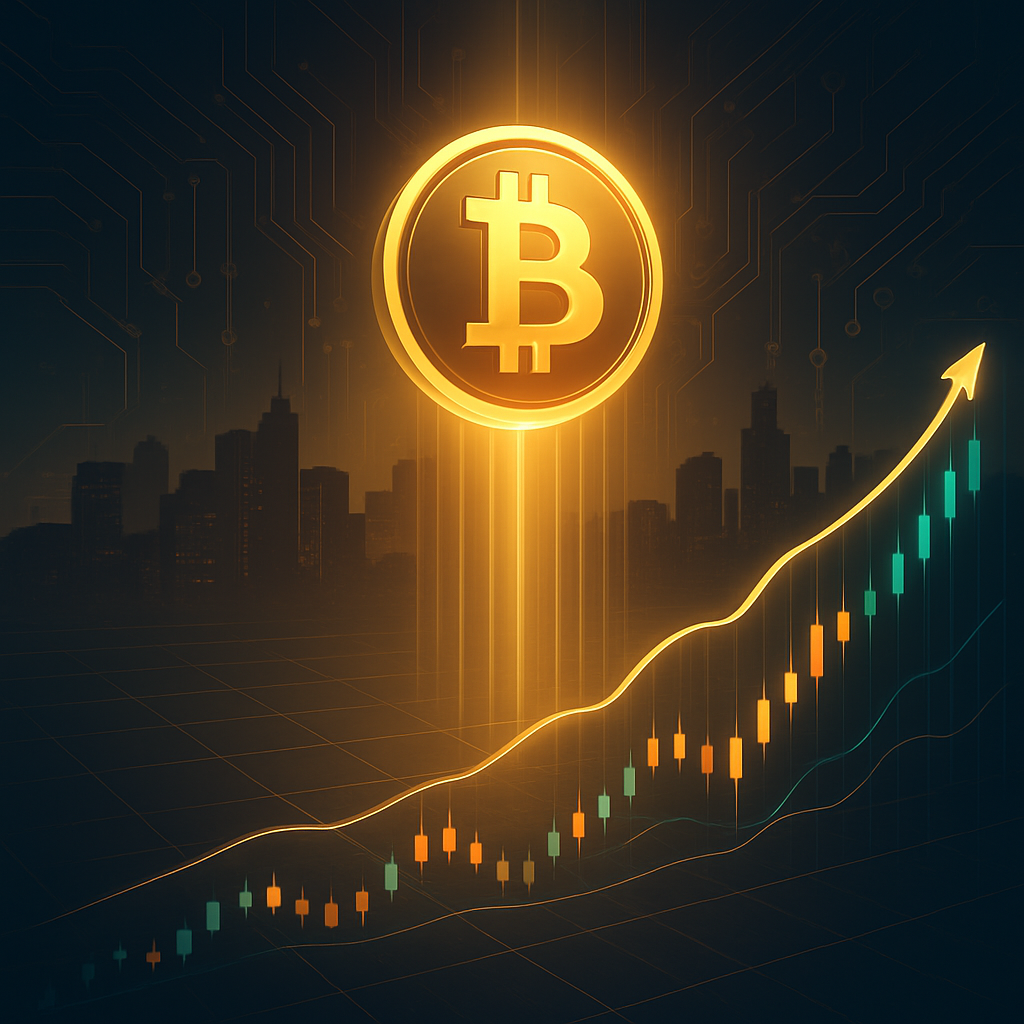Bitcoin's price remains one of the most closely watched and debated metrics in the cryptocurrency world. While its volatility may appear unpredictable at times, the underlying drivers that shape its upward movements are rooted in economics, technology, regulation, and market behavior. Understanding what causes the rise in Bitcoin's value helps investors and observers alike navigate the digital asset landscape with greater clarity and awareness.
The variables that shape Bitcoin's valuation are multifaceted and often interconnected. Fundamentally, it revolves around supply and demand mechanics. Bitcoin has a maximum issuance of 21 million units, and this fixed cap contrasts with a growing demand influenced by various factors ranging from macroeconomic shifts to investor speculation. When the desire to purchase surpasses available supply, upward price movement usually follows.
One of the most significant contributors to price growth is institutional interest. When large financial institutions, corporations, or investment funds enter the market, they bring not only capital but also legitimacy. This can trigger a cascading effect: increased confidence among retail investors, rising media coverage, and even further institutional adoption, all of which contribute to an upward trend in price.
Before exploring the specific factors, it is important to note that Bitcoin operates in a decentralized ecosystem. Unlike fiat currencies managed by central banks, Bitcoin is not controlled by any single entity. This independence from government policy allows external variables to play a more pronounced role in its valuation.
Key factors that can cause Bitcoin's price to go up:
Supply and Demand Imbalance
Bitcoin's capped supply means that if more people want to buy than sell, the price naturally increases. Scarcity plays a critical role in this dynamic, especially as long-term holders reduce the available circulating supply.
Institutional Adoption
When financial institutions allocate funds to Bitcoin or launch crypto-related financial products, demand surges. These moves often attract attention from media and retail investors, further increasing buying pressure.
Market Sentiment
Positive sentiment driven by news, social media, or influential personalities can lead to a surge in buying activity. Momentum trading also contributes, as traders follow upward trends in anticipation of future gains.
Regulatory Clarity
Favorable regulatory announcements can boost investor confidence. When governments or financial regulators clarify legal frameworks or signal acceptance of crypto assets, markets often react positively.
Technological Developments
Upgrades to the Bitcoin network, improvements in scalability, or integration into financial infrastructure can make Bitcoin more attractive. As its usability improves, so does its perceived value.
Macroeconomic Conditions
Rising inflation, currency devaluation, or geopolitical uncertainty often drive investors toward Bitcoin as a store of value. It is sometimes perceived as a hedge against traditional financial risks.
Media Coverage and Public Awareness
Increased media attention tends to bring new investors into the space. As coverage grows, more people become familiar with Bitcoin, and rising interest can lead to a surge in buying.
Speculation and Trading Volume
Speculative activity can amplify price movements. When trading volume increases, especially on major exchanges, it often accompanies bullish sentiment and can push the price higher.
Network Effects and Adoption
As more users, businesses, and developers interact with the Bitcoin network, its utility and perceived importance grow. This widespread adoption creates long-term upward pressure on price.
Global Financial Integration
The growing presence of Bitcoin in traditional financial systems—such as payment processors, investment portfolios, or treasury reserves—can signal broader adoption and drive demand.
Beyond these specific drivers, Bitcoin's unique attributes contribute to its sensitivity to change. Its relatively small market capitalization compared to global financial markets means that inflows of capital can have an outsized impact on price. Likewise, its deflationary issuance model and predictable monetary policy add to its appeal as a long-term asset.
Unlike traditional investments, Bitcoin's value proposition is shaped not by cash flows or corporate performance, but by the belief in its role as a digital store of value and decentralized financial alternative. As this belief strengthens—through education, innovation, and mainstream integration—price increases become a reflection of its growing legitimacy.
Bitcoin's price appreciates when demand intensifies in a system of fixed supply. This demand arises from diverse sources: institutional interest, regulatory support, macroeconomic pressures, and technological evolution. The combination of these factors ensures that Bitcoin remains not only volatile but also full of upward potential for those who understand its mechanisms.



